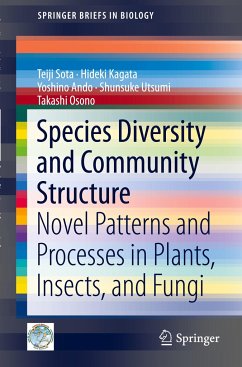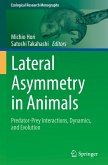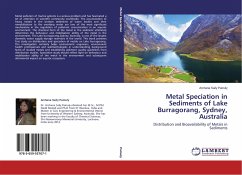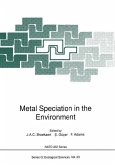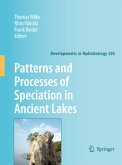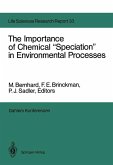This book introduces recent progress in the study of species diversity and community structures in terrestrial organisms conducted by three groups at Kyoto University. First, it explains species diversity and the functioning of fungi in Asian regions as outlined by metagenomic approaches using next-generation sequencing technology. The advances in high-throughput sequencing technologies accelerate the speed of species inventorying, especially for microorganisms. Second, the study of complex interactions between herbivorous insects and plants in the community and ecosystem contexts is presented. Recent studies in community and ecosystem genetics shed light on these complex interactions with novel approaches incorporating genetic perspectives including genetic variation and phenotypic plasticity in plant defenses against herbivores. Finally, recent studies on speciation processes in insects are described, processes that are related to the evolution of particular life history strategies.Included is an examination of two hypotheses that may be important in understanding diversification of insect species in heterogeneous environments in space and time. This book is a valuable resource especially for ecologists who are interested in species diversity and community structure.
"The three studies deal with three different approaches combining genomics to ecosystems and three major components of biodiversity - plants, insects and fungi. ... will be useful to all those interested in biodiversity and will stimulate further multidisciplinary research through collaboration between biologists working at molecular and macro levels." (Brij Gopal, International Journal of Ecology and Environmental Sciences, Vol. 41 (3-4), 2015)

